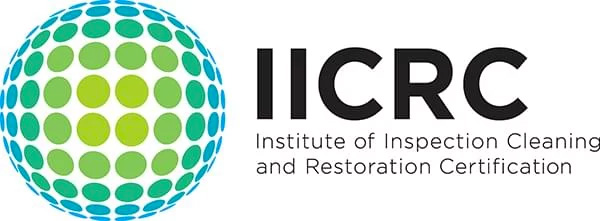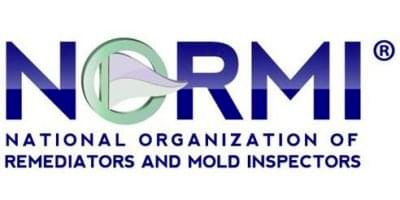Is Mold Harmful To Pets?
Are you worried about pets inhaling mold spores in your home? Mold is seen as a potential threat to people. While not every type of mold affects every person out there, you and your family are subject to health risks if you have mold in your living quarters.
However, not many homeowners realize that it’s not only people who may be subject to health issues from mold exposure. Even your dog or cat can get severely ill or even die from being subject to the worst types of mold.
In the following paragraphs, we’ll explore the potential dangers of mold to your furry family members. You’ll learn about its main risks and how you can keep your pets safe from the detrimental effects of mold.
How Do Pets Come Into Contact With Mold?
The most common type of exposure results from inhalation. If you have sufficient amounts of mold spores present in your home, your pet could easily inhale mold on a daily basis.
The associated symptoms may appear due to acute or chronic mold exposure. You may normally not have any mold in your home, but if you experienced, say, bad flooding, your pets could come into contact with mold as well.
Another way of contamination is by ingesting mold. Your home may be mold-free in general, but any spoiled food products can still attract mold colonies. The mold formation on certain spoiled food items, including milk products, is likely to contain mycotoxins.
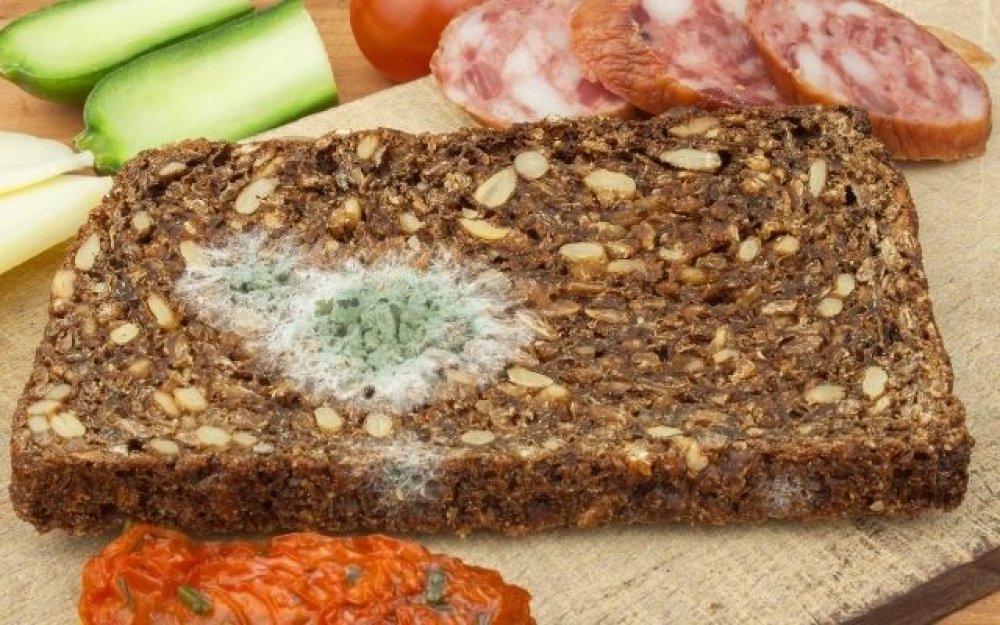
Mold exposure due to spoiled food consumption is a serious issue. If you notice that your pet has tremors or muscle spasms because of food poisoning, you need to seek medical intervention right away.
What Are The Common Symptoms Of Mold Exposure For Pets?
Now, we’ll list the most common symptoms of mold exposure for pets. However, keep in mind that your pet may be subject to chronic mold issues without developing these symptoms straight away. Or if they exhibit one or more of the following signs, it may be something completely else. Whenever in doubt, consult with your vet.
- Nosebleeds
- Breathing difficulties
- Coughing and wheezing
- Runny nose
- Eating less than normal
- Scratching without a seeming cause
- Pulmonary bleeding
- General allergic reactions, including runny eyes
Chronic Mold Exposure Can Make Your Pet Weaker
Even if your pet doesn’t show serious symptoms straight away, chronic mold exposure can still wreak havoc with their bodily systems. For instance, aspergillosis is a common issue among dogs who have inhaled mold for a long time.
Aspergillosis is a fungal infection. It will make your dog’s immune system weaker as it usually presents itself in the nasal passages. Things are more complicated if the aspergillosis has spread throughout the entire body of your dog.
How To Protect Your Pets From Mold?
The first step towards keeping your pets safe from mold is preventing the formation of mold in the first place. At any given time, an endless number of mold spores fly around in the air. You don’t want these mold spores to take hold and start forming colonies on your home’s surfaces.
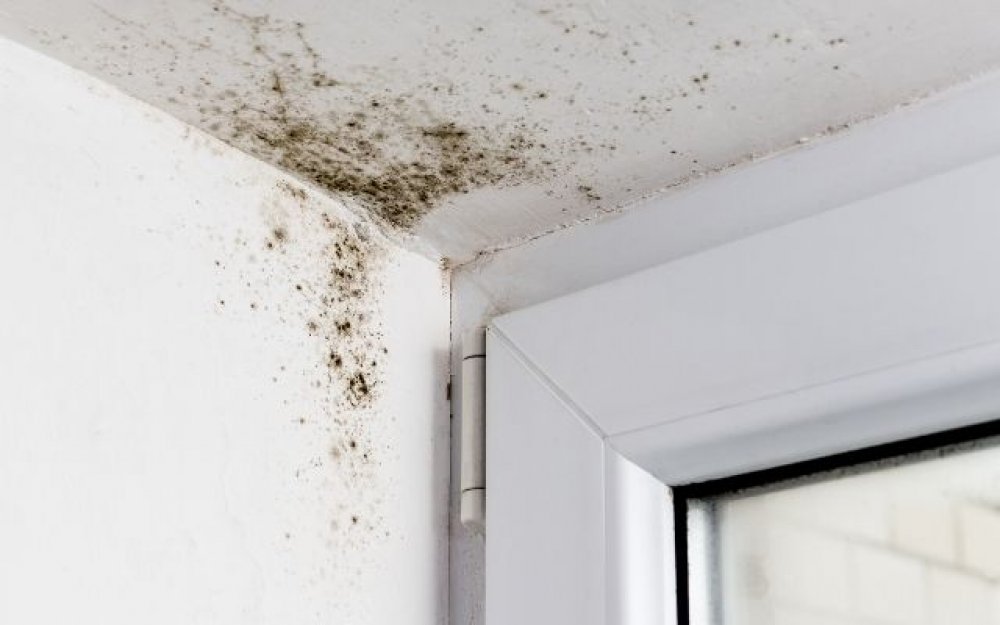
Here are some ways to prevent the formation of mold:
1. Check Out High-Risk Areas Of The Property
Take a close look at some of the high-risk areas of your home. This is the number one thing you can do to minimize the risk of mold growth. These areas include places like walls, wooden furniture, carpets, crawl space, roof, ceiling, garage, and any areas with plumbing.
Even if you can’t see mold in these high-risk places, you should make sure that there aren’t any leaks or water damage in these areas. If there are, you should always suspect hidden mold and consult with a professional mold remediation expert.
2. Invest In HEPA Filters And A Hygrometer
It’s recommended to use HEPA filters as these work the best for removing small particles in the air. Getting a tested filter from a trusted source means that this filter will aid in the removal of mold spores from your indoor air.
Buy a hygrometer if you already don’t have one. Opt for digital products that show the humidity levels in your home. High humidity levels always raise the risk of having to deal with mold growth.
If you discover that your home has high humidity levels, it’s important to remove the excess moisture from your house. Otherwise, you make it easier for the mold spores to attach to surfaces and proliferate.
3. Get A Dehumidifier
Some homeowners struggle with high humidity levels even after taking basic steps to reduce the moisture content in their indoor air. That’s when you should start considering the benefits of getting a dehumidifier.
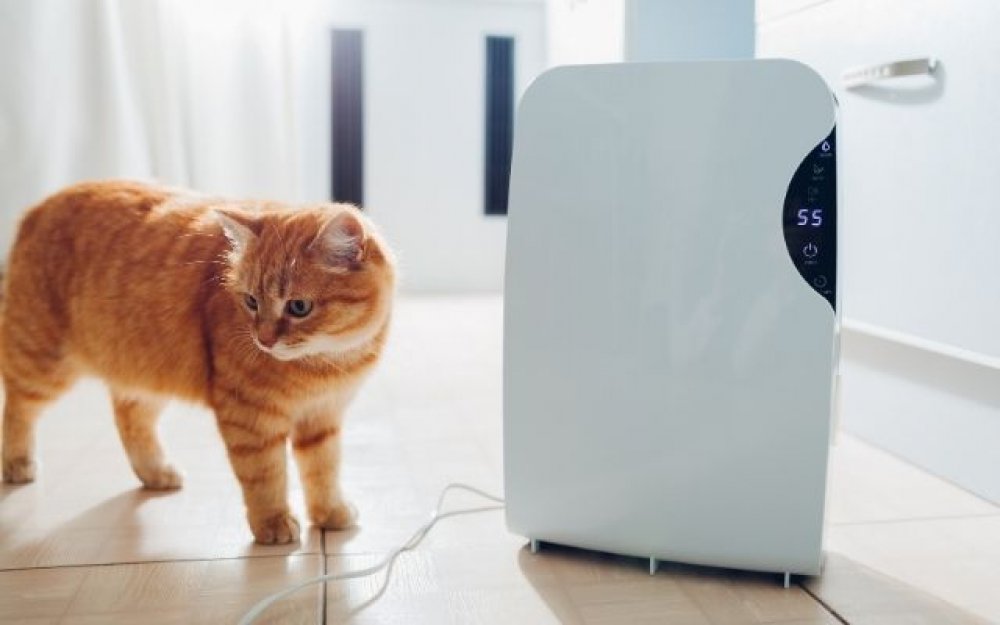
A residential dehumidifier comes in two main types. Portable devices are specifically meant for a single room. For instance, you can install a portable dehumidifier in your bathroom. You can always take it from one room to another as well.
But a whole-home dehumidifier is a more powerful device that can take all of your excess moisture trouble across your living spaces. In most cases, you need to install this device as a helpful extra to your existing HVAC system.
4. Make It A Practice To Prevent Mold After Use Of Everyday Items
Finally, you can also make small changes in routine. Make sure to run the exhaust fans after cooking or showering. That extra air circulation helps to remove tiny water droplets on household surfaces. Additionally, you could run ceiling fans and open your windows (if it’s drier outside).
In A Nutshell: Is Mold Harmful To Pets?
Most homeowners focus on people when talking about the risks of mold. However, both acute and chronic mold exposure can also cause a variety of symptoms in pets. Your cats and dogs should be kept safe from the harm of mold.
In most cases, pets inhale the mold spores. Sometimes the sudden exposure doesn’t produce any symptoms. That doesn’t mean there isn’t a risk for long-term effects. It’s always a good idea to take all the necessary steps to remove mold threats from your home and keep your pets safe.
With the help of Markham Services, we can identify, remove and prevent mold that can cause harm to you and your pets. Contact us today if you're looking for a professional team that will keep your property mold-free.
